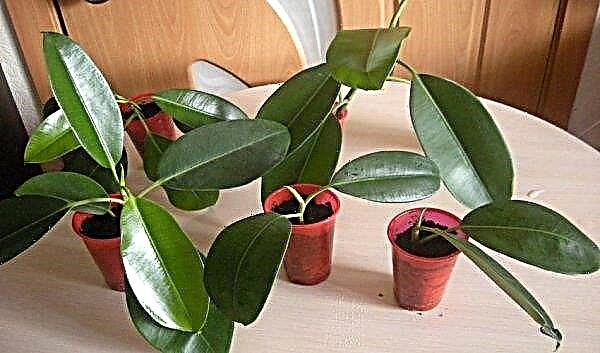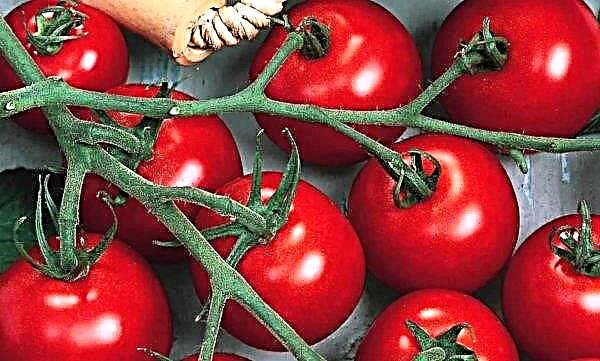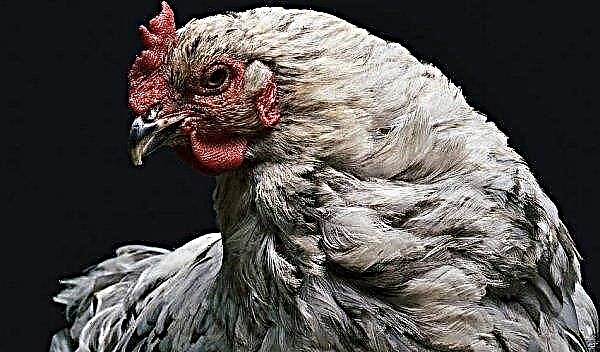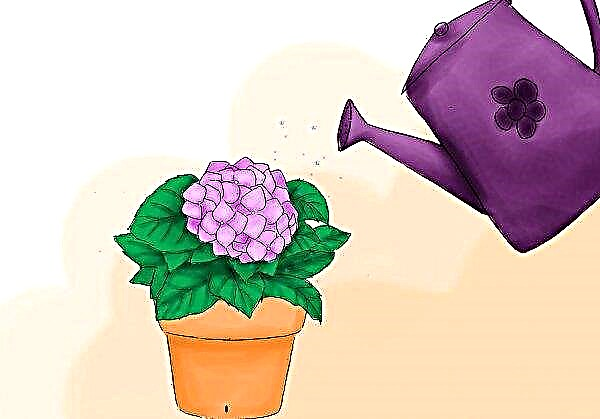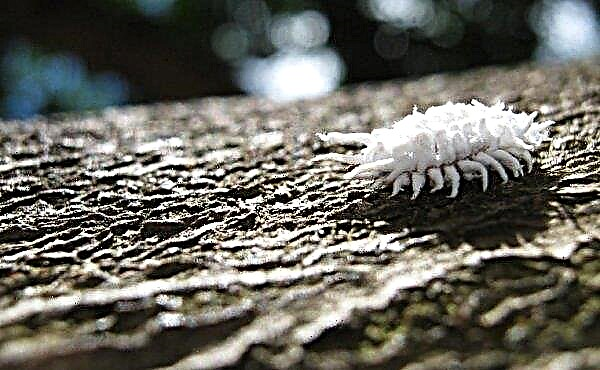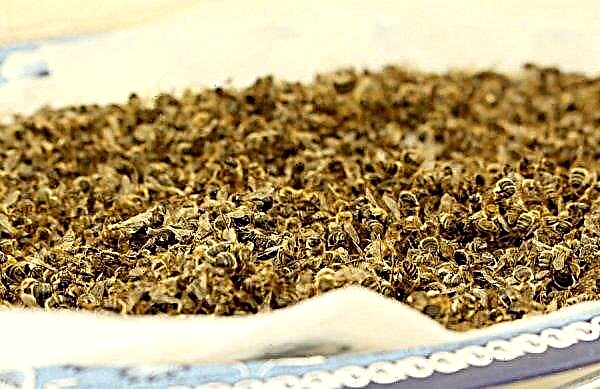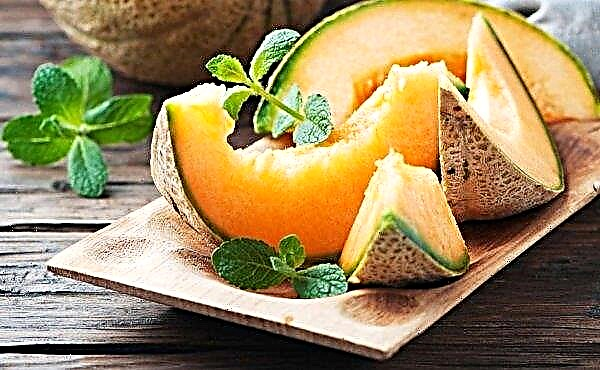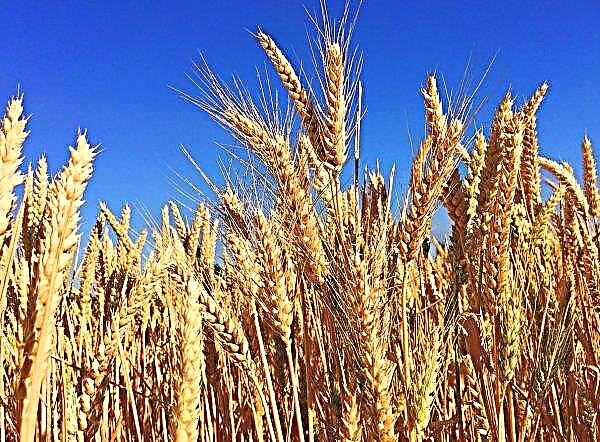Irises are one of the most popular and popular garden flowers that attract summer residents with long and surprisingly beautiful flowering. Experienced gardeners, in order to obtain exclusive varieties of culture, practice independent breeding of plants with seeds. Is it possible to grow irises by seed method and what is needed for this - find out in the article.
Is it possible to grow irises from seeds
Irises are perennial plants that can be grown by seed method, however, for this, certain varieties should be selected. A seed of a culture that is self-assembled at home does not always retain species characteristics. The fact is that different flowers growing next to each other pollinate each other crosswise. For the safety of varieties, it is necessary to plant different types of iris at a certain distance.
The seed material ripens for a rather long period, however, trihedral boxes can open very quickly, which can provoke a rash of grains. To preserve the seeds for planting, each box is tied with a piece of gauze and waiting for their complete ripening.
Iris can be propagated by seed in the fall or spring. It should be remembered that this event is not an easy one, since grains of culture have a number of features, namely, for their germination, stratification should be made.Important! Specialists recommend only species irises to breed through seed material.
Video: Iris seeds
Growing irises from seeds
As noted above, the cultivation of irises by seeds at home is carried out in autumn or spring. However, first you need to properly collect and prepare planting material. Also, for quick and high-quality seed germination, they should choose a nutritious substrate and ensure competent, timely care.
In the spring
Spring sowing of seeds involves the cultivation of iris seedlings with its further transplantation into the open ground.
Preparatory activities begin two months before sowing, for this:
- Seed is stratified. Grains are sorted, dry, too small specimens are rejected. The rest is wrapped in a damp cloth and placed in a plastic container. The container is placed in a refrigerator or a cool, dark place with a temperature of no more than + 4 ° C for one month. During this time, the fabric is moistened several times.
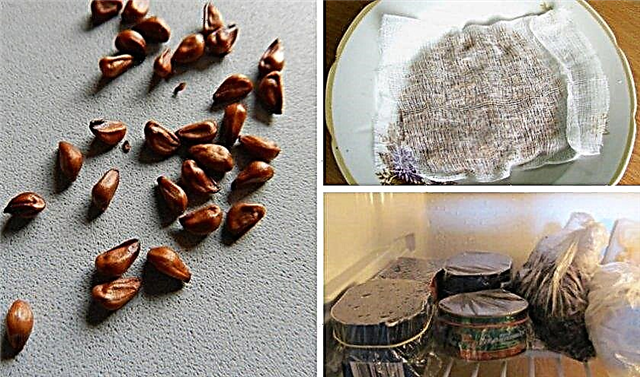
- Seeds are checked for germination. To reject low-quality planting material, the seeds are placed in a glass of water and wait 30 minutes. All grains that have fallen to the bottom of the glass are “live” and suitable for planting, seeds floating on the surface of the water are empty and dry.
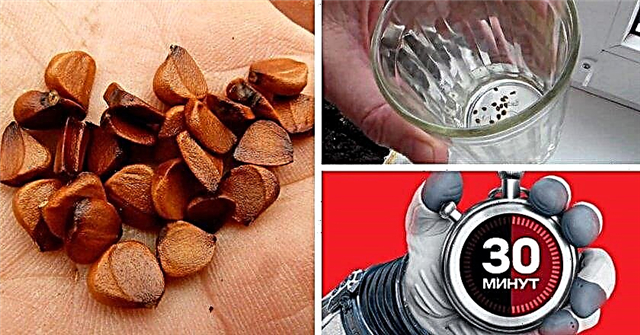
- Grains sprout. To do this, moisten the cotton fabric well, lay out selected material on it and cover it with the same wet cloth on top. Carefully ensure that the cloth always remains wet. After about 7–10 days, the seeds will begin to germinate.
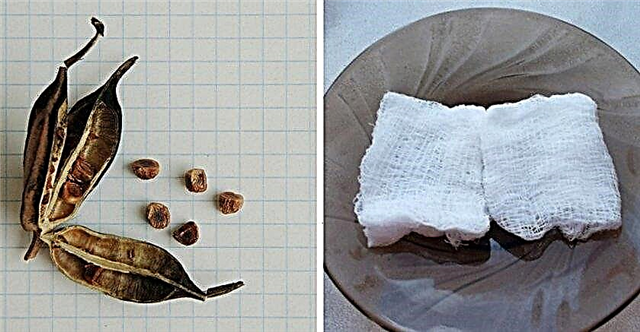
- Material is planted in potsfilled with a substrate of identical parts of garden soil and sand. Seeds deepen into the soil by 1.5–2 cm, moisten the soil, cover the crops with plastic wrap to create a greenhouse effect. Containers with seedlings are placed in a well-lit, warm place. After the seedlings rise, it is regularly watered and aerated.

Caring for young seedlings is quite simple. They love moderate watering, which should be carried out necessarily in the morning, focusing on the state of the earthy coma. The plant negatively reacts to an excess of moisture, which can lead to rotting of the root system. In the absence of rain, the culture is moistened once a week.
Several times during the season, iris is fed. The first time - when landing in the ground, the second and third - in mid-summer and mid-autumn, respectively. For top dressing, complex mineral preparations are used, diluted strictly according to the instructions. Also, the soil around the seedlings is periodically released from weeds and loosened to a depth of not more than 6-8 cm.Important! Iris, planted in the ground in the spring, does not bloom in the first year. The first flowering of the plant starts in 2–3 years.
Video: How to grow irises from seeds
Fall
Gardeners who do not have the desire or the ability to engage in complex spring crops, plant seed material in the fall directly into the ground. But it is worth noting that such a landing is possible only in those regions where a mild climate prevails, winter is not too frosty, and spring comes early.
A few months before planting the seeds in the ground, you need to collect them. To do this, cut the boxes with ripened grains, dry them well in the sun or in a closed, dry, warm room. After the material is dry, it is folded into canvas or paper bags and placed in a dark, dry place.Did you know? Irises are one of the oldest plants. Archaeologists have found murals of 4000 years ago, which depict a priest surrounded by these flowers.

The optimal period for autumn seed reproduction is the second half of September.
Landing work is carried out according to this algorithm:
- The area under crops is dug up, plentifully moistened.
- The earth is flavored with organic means: they dig a recess of 15–20 cm, into which a mixture of manure, dry leaves and grass is filled.
- The nutrient layer is lightly covered with soil and seeds are planted to a depth of 2 cm with an interval of 10 cm.
- Sprinkle the material with earth and moisturize abundantly.
 In the spring, when irises are finally rooted and strengthened, they are provided with proper care, which consists of regular watering, top dressing, weeding weeds and loosening the soil.
In the spring, when irises are finally rooted and strengthened, they are provided with proper care, which consists of regular watering, top dressing, weeding weeds and loosening the soil.After the seedlings appear, they are covered with plastic wrap several weeks before the expected frost, sprinkled with straw, grass or sawdust on top. Sheltered seedlings will not freeze during severe frosts, and will also not germinate prematurely during the thaw in spring.
Disease and Pest Prevention
It should be noted that males quite often become a “victim” of pests and diseases. To prevent this from happening, preventive spraying of plants with special fungicidal and insecticidal preparations is carried out.
Simple measures help protect the culture from diseases and parasites:
- soil moisture control, prevention of its overmoistening;
- adherence to dosage regimens and dosages;
- systematic weed control.

Most often, irises are affected by Fusarium or other types of rot. At the first signs of ailments, diseased specimens are destroyed, and the rest of the plants are watered with a Fundazole solution. This drug is also used as a prophylactic for treating the root system of flowers before planting them in the ground. Among folk methods, spraying crops with a one percent solution of Bordeaux fluid helps to combat rot.
Did you know? Slightly fried iris grains were previously used as raw materials for the preparation of a very expensive coffee-like drink.
Of the parasites, the most dangerous for males are:
- Thrips. The plants feed on the juice, due to which the leaves turn yellow, dry out and fall off, the buds lose their bright color and are deformed. Eliminate parasites allows spraying with a solution of "Karbofos".
- Slug. All parts of the culture are eaten, as a result of which it quickly loses its decorative effect. Metaldehyde in granules helps to fight pests, which are scattered in the morning or evening under flowers at the rate of 30 g per 10 square meters. m

Irises are bright, beautiful and capricious plants that delight with long flowering, delicate delicate aroma, and high decorativeness. Many gardeners prefer to grow males with their own hands by the seed method.
This method is quite difficult and painstaking, however, adhering to the basic agrotechnical techniques and choosing high-quality seed, you can quickly get a new batch of extremely cute and attractive flowers.





